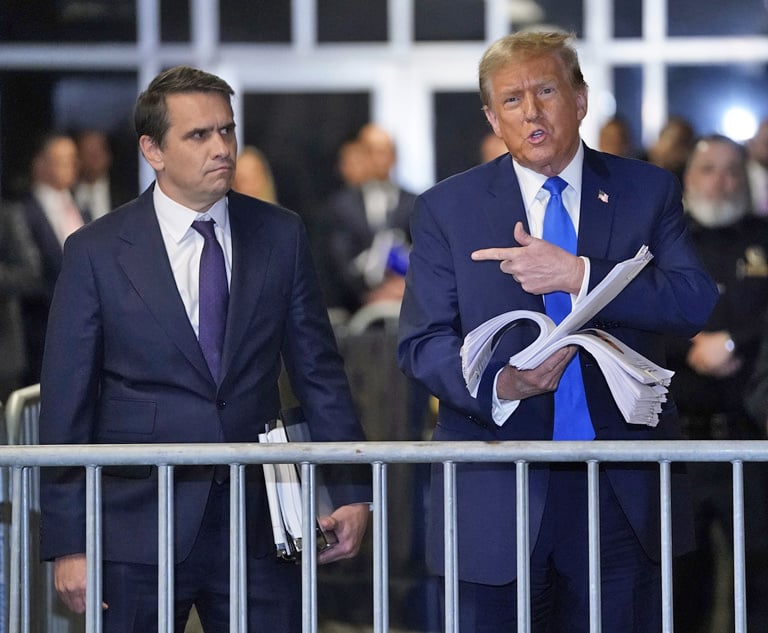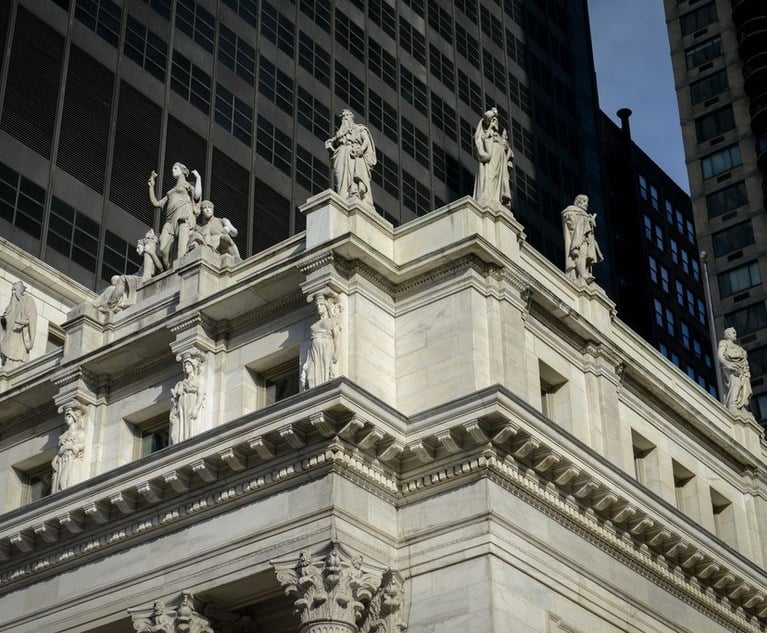Attorneys frequently seek to have admitted into evidence the results of demonstrations or experiments, whether performed pre-trial or to be performed in the courtroom, to prove that a claimed event, occurrence or condition, relevant to a contested issue in the trial, did or did not happen, or would or would not happen. Not only is such evidence a powerful means of proving or disproving the claimed event, occurrence or condition, but also, as former Appellate Division Justice Helen Freedman has noted, such evidence “enliven[s] trial proceedings and are effective tools for education both the court and jury.” Freedman, New York Objections §13:110.
Notably, the New York courts have historically recognized the admissibility of the results of demonstrations and experiments. Thus, in 1908 the Fourth Department ruled that such evidence is “admissible and commonly resorted to … as evidence that an alleged result would or would not follow from the conditions proven.” People v. Fiori, 123 App. Div. 174, 185 (4th Dept. 1908). Whether this evidence will in fact be admitted, the courts have consistently stated, lies within the discretion of the trial subject to be exercised depending on the facts and circumstances of each case.


 Michael J. Hutter
Michael J. Hutter




